As we said last week,
China has all the ingredients to become a great power. It already is one at the
regional level. But doubt remains about whether it can be constructed also as a
real world superpower.
The traditional
definition of superpower has been usually linked to a powerful army. And regarding
that, China still has a long way to go.
In recent years and
especially since 2011, China has prompted several major military projects.
These include for example several types of aircraft under development, among
which are especially relevant the J20 and J31.
These two prototypes
make China, along with the U.S., the only other country which has two models of flying 5th-generation
aircrafts. Russia, the third runner in possession of this technology, is developing
only one model. The rest, none.
But nothing
exemplifies a superpower more than its force projection capabilities. That's
where come into the picture the submarine and aircraft carrier forces the Chinese navy (PLA) is
developing.
Both platforms are the
spearhead of any modern army. They are the ones that allow a country’s forces
to be deployed rapidly anywhere in the world and until now it is what so far has
lacked the Chinese army.
However the Chinese
still have many years of development ahead of them to even get closer to the
American potential, let alone surpass it. But the mere fact that they are
providing the basis for this kind of military power has more than one brain concern in Washington.
In their favor plays
something else. China doesn’t seem to want to follow the militaristic model of
the United States and Russia. Surely its armed forces will continue to go abroad
on an exponential basis as its influence grows. But mainly it will be for maneuvers
and for humanitarian missions -something they could not do during the 2004 tsunami but learned
in time for the disaster of Fukushima.
This strategy fits
well with the soft power approach that China has historically exercised and exercises today in Africa, Latin America and Asia.
A power that was tested in Libya, when it was forced to evacuate the large population of Chinese expatriates
working there in the oil and gas industry.
The high demand for
energy and resources has made China open to the world to find them. Mongolia,
Australia, Venezuela and Uganda are among the countries that have benefited
from Chinese soft power commercial contracts.
The case of the African
country is particularly striking. In a country where until recently infrastructure
was nonexistent, today you can make your way through the jungle in wide
six-lane highways. Even Top Gear presenters were surprised when they saw them in the Africa special. It is the
Chinese gift to Africa in exchange for their resources.
But China has shown it
is also willing to play aggressively. And when we talk about today’s
battlefields of economics and business, the aircraft carriers are the
international companies and submarines are the rating agencies.
The Asian giant has
also begun to enter with authority into these areas. Chinese companies have been
for years expanding themselves into the Western market,
either by geographical reach (like the introduction of Chinese goods in Europe)
or acquisitions of Western companies (like the purchase of Volvo).
Meanwhile, back in May
China established its first Chinese rating agency together with Russia to counter
Moody's and S&P, both American and highly criticized, also from the
European Union, for being biased and pro-US interest.
However, if the Asian
giant is truly to become a globally dominant economy, it still has a lot of homework
to do.
The main problem that
China has is the same that has allowed it to create so much so fast: it is the country of the copy. Early in its development, copycats
served the Chinese industry to get a head start. However, they have become
accustomed to it.
A recurring theme
among expatriates in China is the lack of imagination of local subordinates.
They know to follow orders and they know how to copy, but they are unable to
create and innovate.
Their initiative is reduced with a generation that has grown up in the shelter of
not having to think about anything, just engineer retroactively or follow the
instructions from blueprints purchased in questionable conditions or stolen from a foreign server. A lack
of initiative that is worsened by the internet censorship.
Of course there are
people who innovate, but the results are... let’s say that far from perfect. The best Chinese products today
are still based on other foreign projects. When China becomes the lead of the
pack, they will encounter a serious problem of innovation.
The rest of the world
is now also better protected against copying. An employee of a Spanish
aeronautical company told me how on a visit of potential Chinese investors they
had to isolate them so they could not see or copy anything. They went as far as
blocking office windows that faced the factory grounds and test labs and took off
the network the computers the Chinese investors used.
The energy hunger problem,
on the other hand, will curb the Chinese industry’s growth. Despite the large planned investment in nuclear power plants, to
maintain the current level of production growth, China would need to increase
by 50% the consumption of coal. Something that will involve both environmental
and economic difficulties.
Also, many Chinese
still believe today that the best future for their children is outside of China. Without a winning mentality in
China, it is difficult to create a leader country. This extent is joined by the
problem of an aging population that is going to be increasingly
older. The one-child policy has endangered Chinese generational takeover.
Despite all this, and
even if only because of its demographic weight, China is bound to have an important
role this century. Their elites know this and they are preparing the ground
with the military build-up. Meanwhile, America is in decline, running away from a world police role.
It is also happening on
the political level; China is building-up influence, venturing into issues that
had not mattered before to Chinese officials, like the conflict between Israel and Palestine. To interfere in a regional issue
so far from its area of influence is a clear sign of the dominant role that
China is called to exercise. Whether America likes it or not.


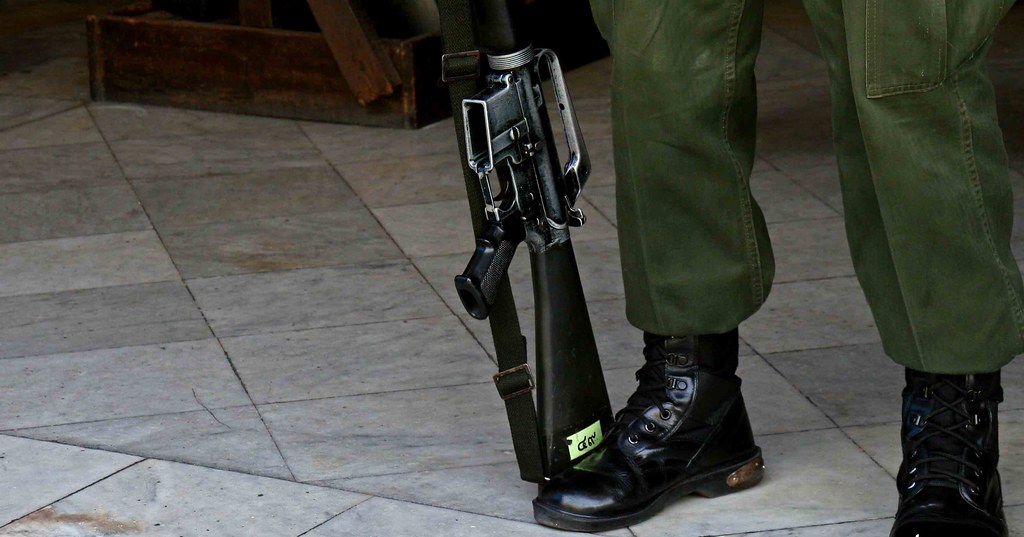

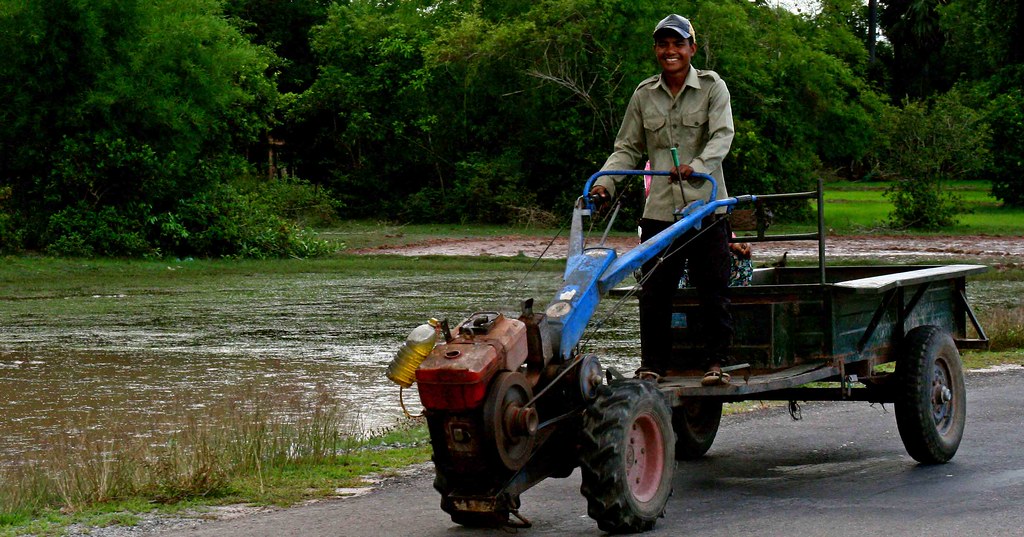

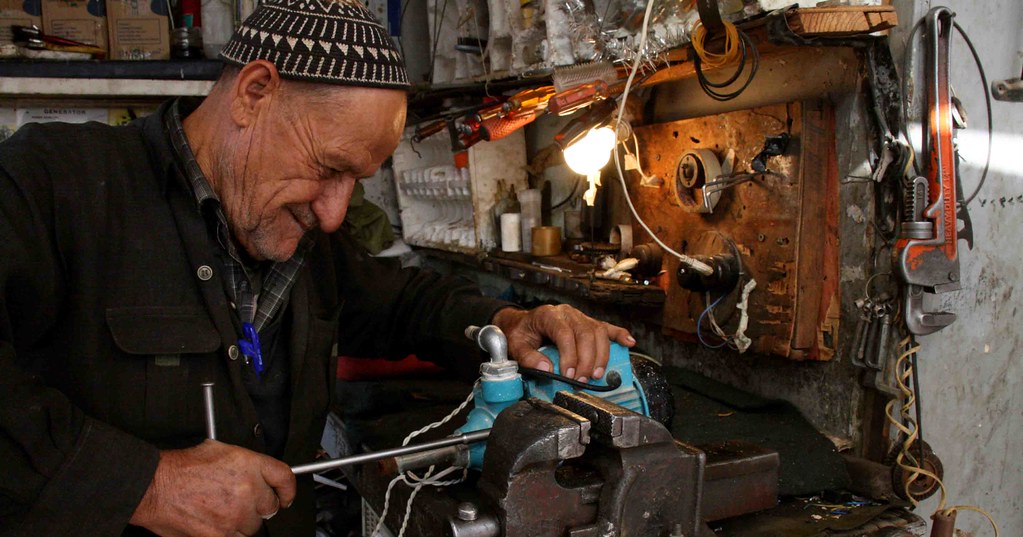
 6/30/2013
6/30/2013
 Ehiztari
Ehiztari
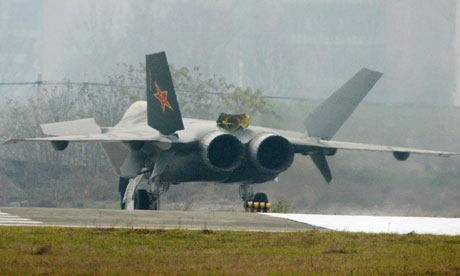

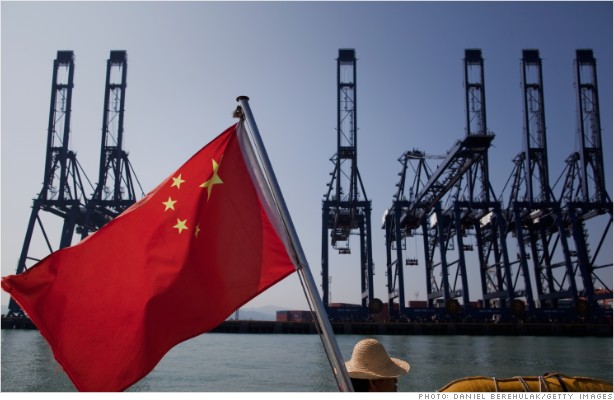



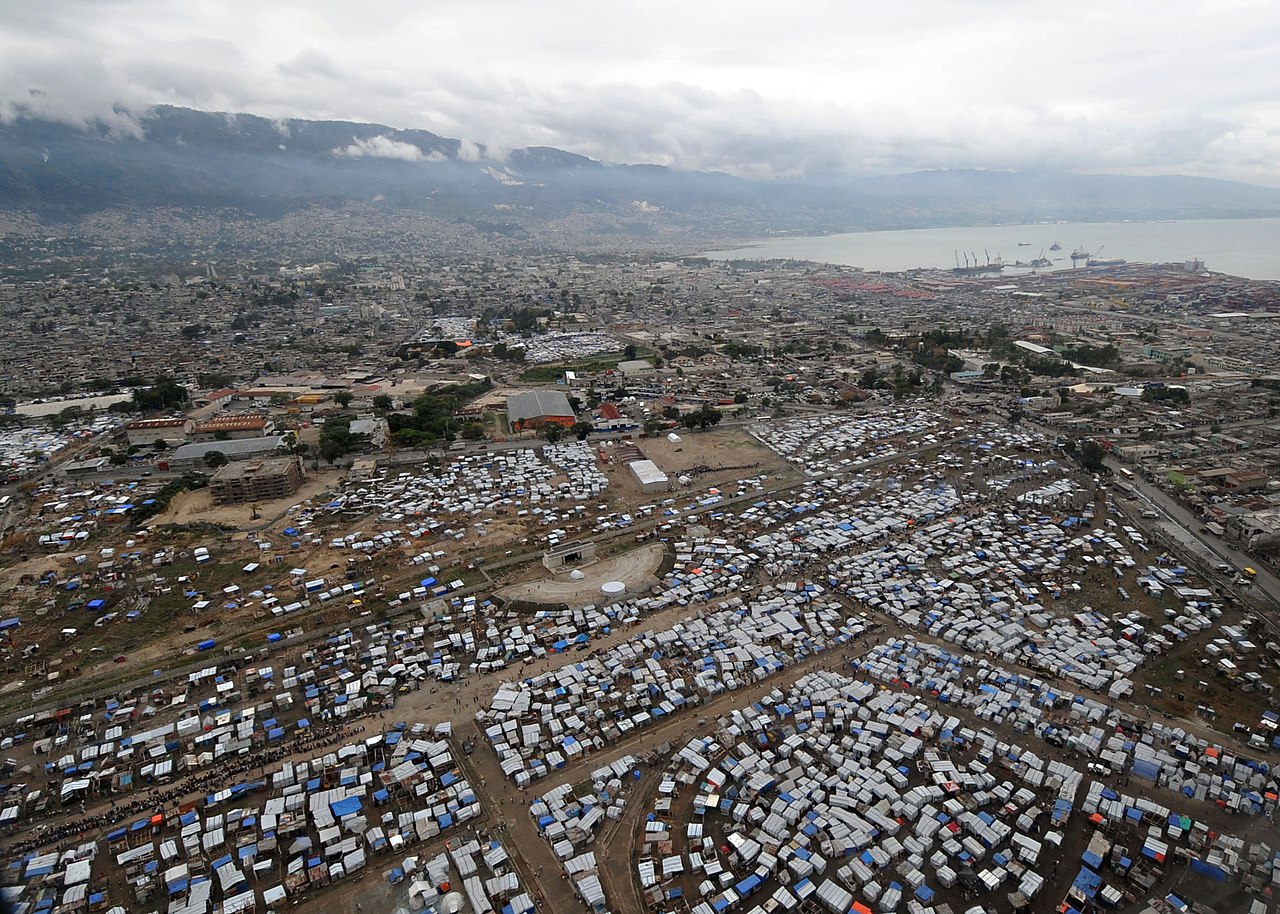



 Twitter
Twitter Facebook
Facebook Flickr
Flickr


